Researchers believe they have stumbled upon evidence that proves, once and for all, that the Bible prophet Moses led a large group of Israelites from captivity in Egypt to the Promised Land.
A meticulous study conducted by Israeli archaeologists several years ago in the vicinity of a settlement mentioned in the Bible has produced artifacts dating back to the arrival of the Israelites in the Promised Land, suggesting that Moses’s stories were based on historical events.
The Jewish Exodus From Egypt

Moses is revered amongst followers of Abrahamic religions for many reasons, one of which was freeing the Jews from slavery in Egypt.
As the story goes, God sent forth many great plagues, eventually resulting in the Pharaoh of Egypt demanding Moses and the Israelites leave the land. Over 600,000 left in the middle of the night, marching through the desert to cross the Red Sea.
Moses Leads the Israelites to the Promised Land

As the Bible states, following their exodus from Egypt, Moses led the Israelites on a lengthy journey. They eventually based themselves at Mount Sinai, where Moses received the Ten Commandments.
God instructed the Israelites to seek refuge in the Promised Land. After almost 40 years of wandering in the desert, Moses died at Mount Nebo, which scholars argue was extremely close to the Promised Land.
Archaeologists Search for Evidence of Moses
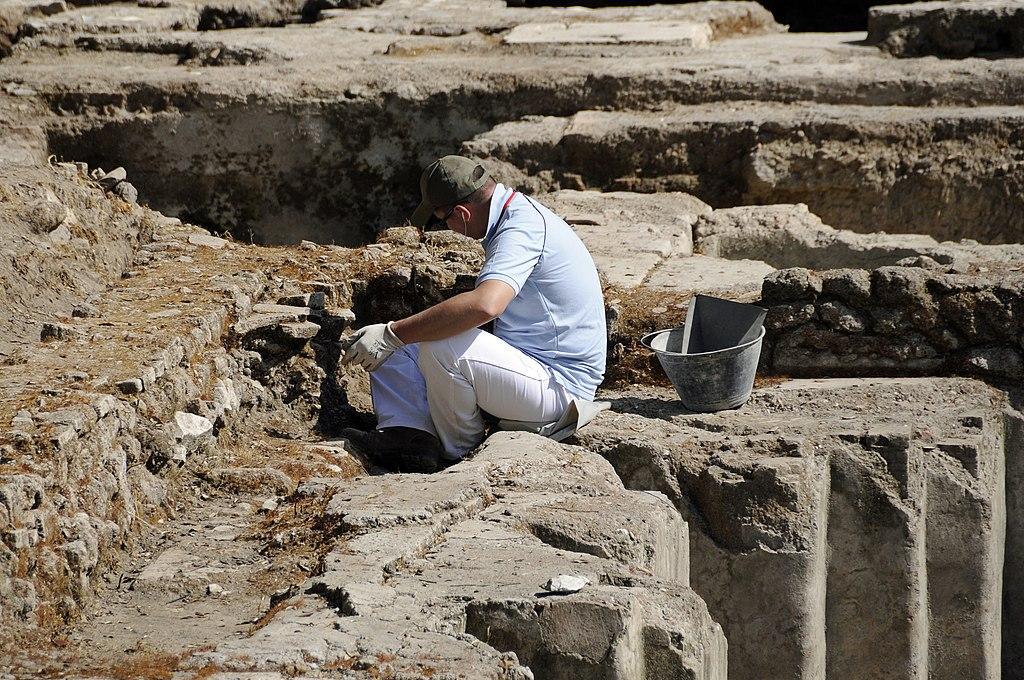
It is thought the events of Moses unfolded sometime around 1400 BCE. Still, archaeological evidence is sparse, leading some outside of the biblical sphere of influence to suggest the tales of Moses are more mythological than historical.
However, this hasn’t stopped dedicated religious archaeologists from excavating several sites throughout Canaan to discover evidence to support the biblical legends.
Researchers Find Evidence of Israelites in the Promised Land
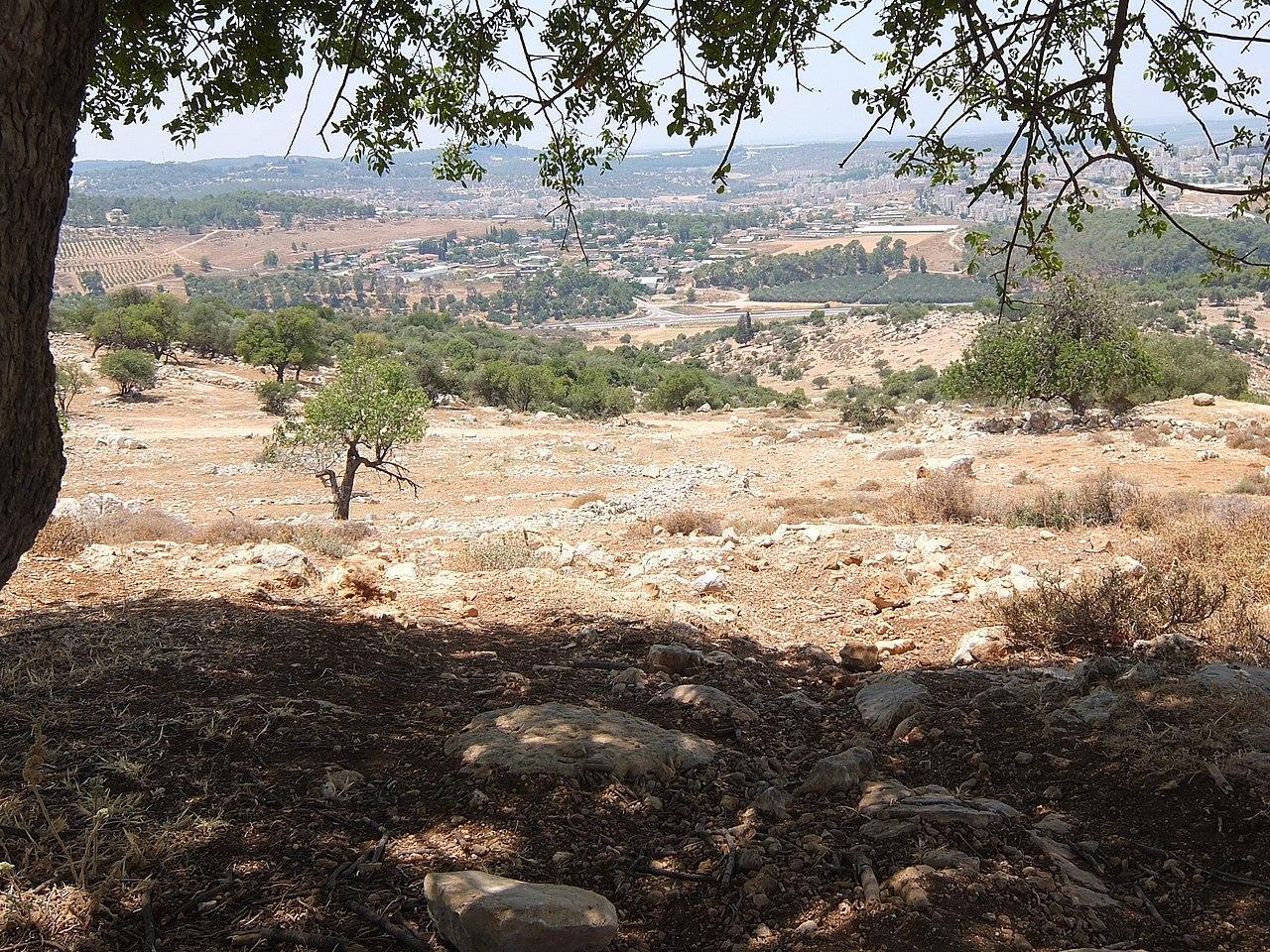
Several years ago, researchers working at an archaeological site in Zanoah on behalf of the Israel Electric Corporation claimed they had come across evidence that could prove the Israelites arrived in the Promised Land around 1,400 BCE, just like the Bible suggests.
The team of archaeologists unearthed the remains of several artifacts thought to belong to an Iron Age group descended from the original Israelites led to Canaan by Moses.
The Biblical Region of Nehemiah

Zanoah, or Nehemiah, is found within the borders of the promised land and is mentioned several times in the Bible as a town resettled by Jewish exiles who had been freed from captivity in Babylon.
According to the Book of Exodus, the residents who returned to Nehemiah were the descendants of the Israelites who followed Moses out of Egypt and onwards to the Promised Land.
Researchers Unearth Items at Ancient Israelite Settlement
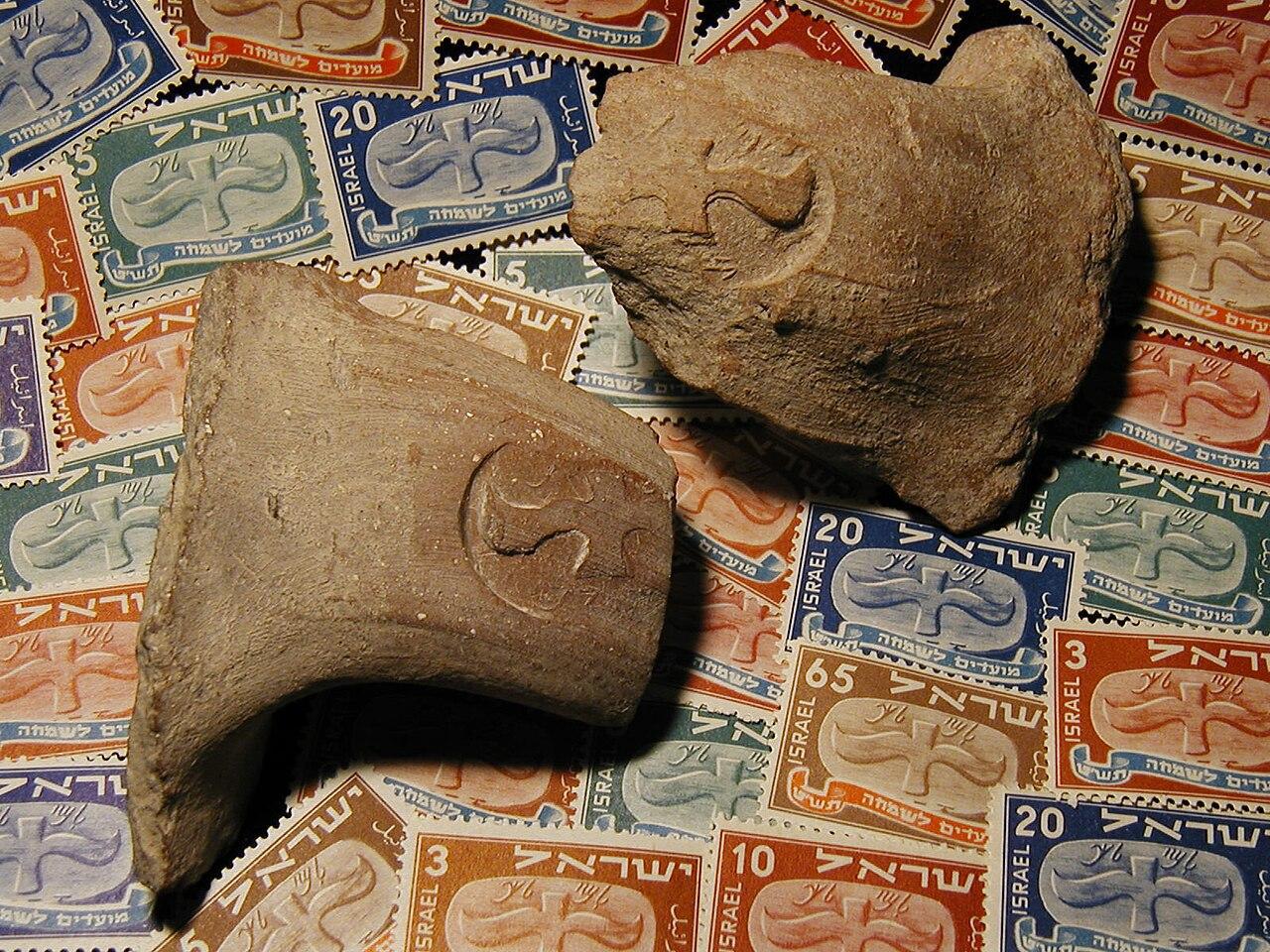
During the excavation in 2019, the team of archaeologists discovered several artifacts dating to the Iron Age, including a small clay jar handle accompanied by a stamp, which allowed researchers to easily date the find.
The researchers suggest that the item was indicative of a passage from the Bible that reads, “The pottery item was fired at a high temperature and [was] of excellent quality.”
Archaeologists Discover Stamp Belonging to King Hezekiah

Several other items of interest were discovered at the site, including handles with similar marks, a cosmetic bowl made from white limestone, several artifacts from the Byzantine era, and even some from the First Jewish Revolt.
“It has a wide rim adorned with a decoration of three concentric bands separated by gaps: the external and internal bands are narrow and feature a rope decoration, while the central band is wide and features an intermittent grid pattern,” said the researchers.
Archaeologists Discover Stamp Belonging to King Hezekiah
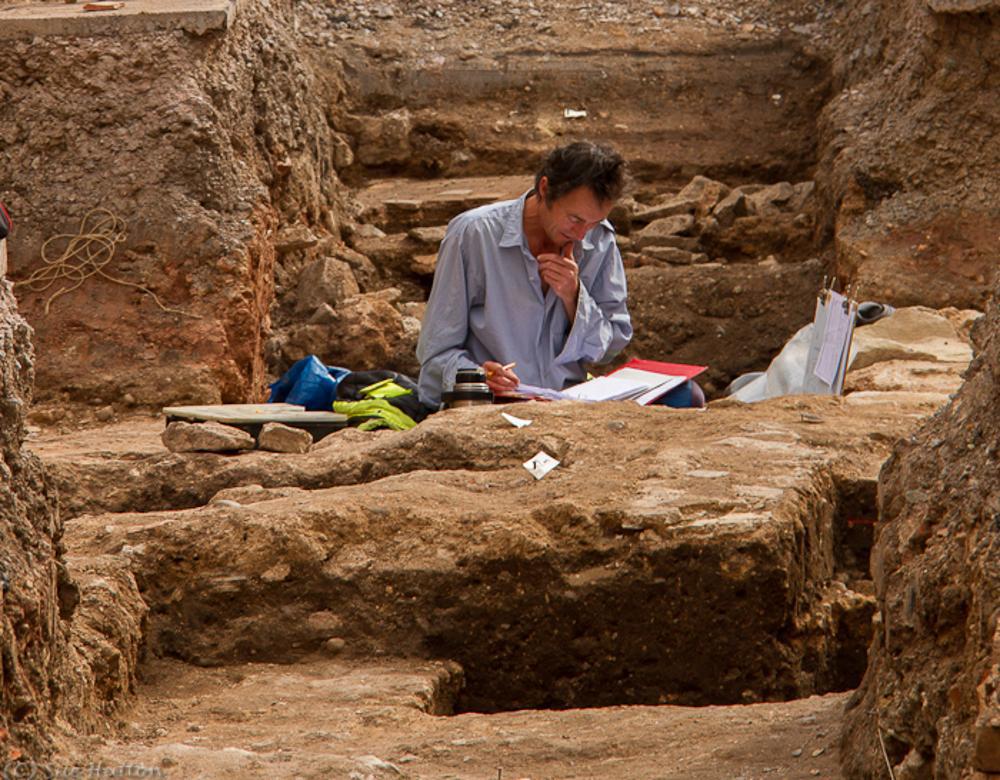
Archaeologists found particular interest in a stamp that reads “of the king.” The researchers proposed this could be linked to the biblical story of King Hezekiah, who reigned in Judah around 701 BCE.
Hezekiah is mentioned throughout the Bible. One passage from Numbers 21:8-9 reveals the king smashed a bronze snake statue, which Moses constructed following a request from God.
Pottery Dates Back to the Promised Land Period
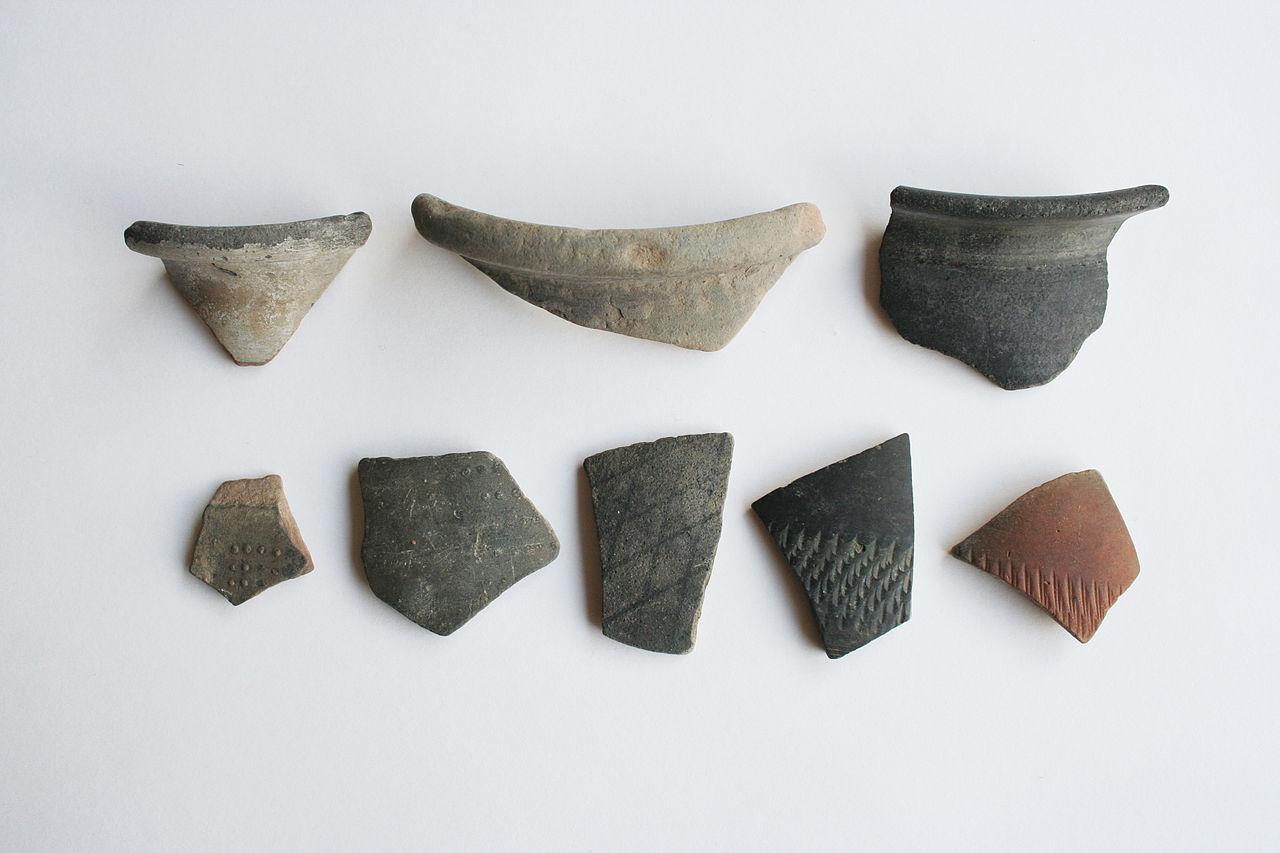
Researchers dated several pottery fragments found scattered at Zanoah, with around 20% dating back to the era in which the Israelites supposedly arrived in the Promised Land. The rest were made over the next nine centuries.
Other findings at the site include several metal artifacts, including a lantern. However, as of yet, the researchers have not revealed when they were made.
Farming Objects From the Byzantine Era
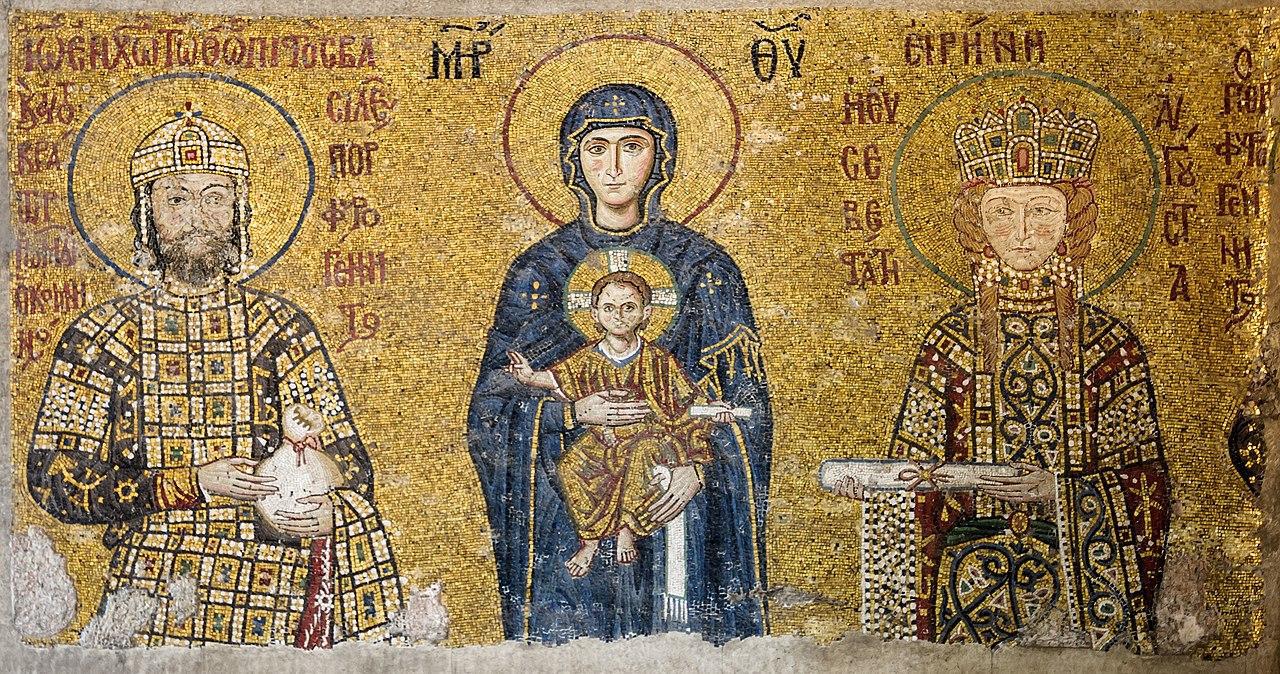
The researchers explained that despite the interest in pottery shards dating back to the Israelites’ arrival in the Promised Land, many of the items date to the Byzantine Era.
“While it is likely that some of the finds originated in the ruin and were subsequently washed down the slope over the years, the majority of the finds, especially those dating from the early Byzantine period, relate to farming activities conducted on the hill slopes,” the researchers said.
The Historical Significance of the Biblical Site
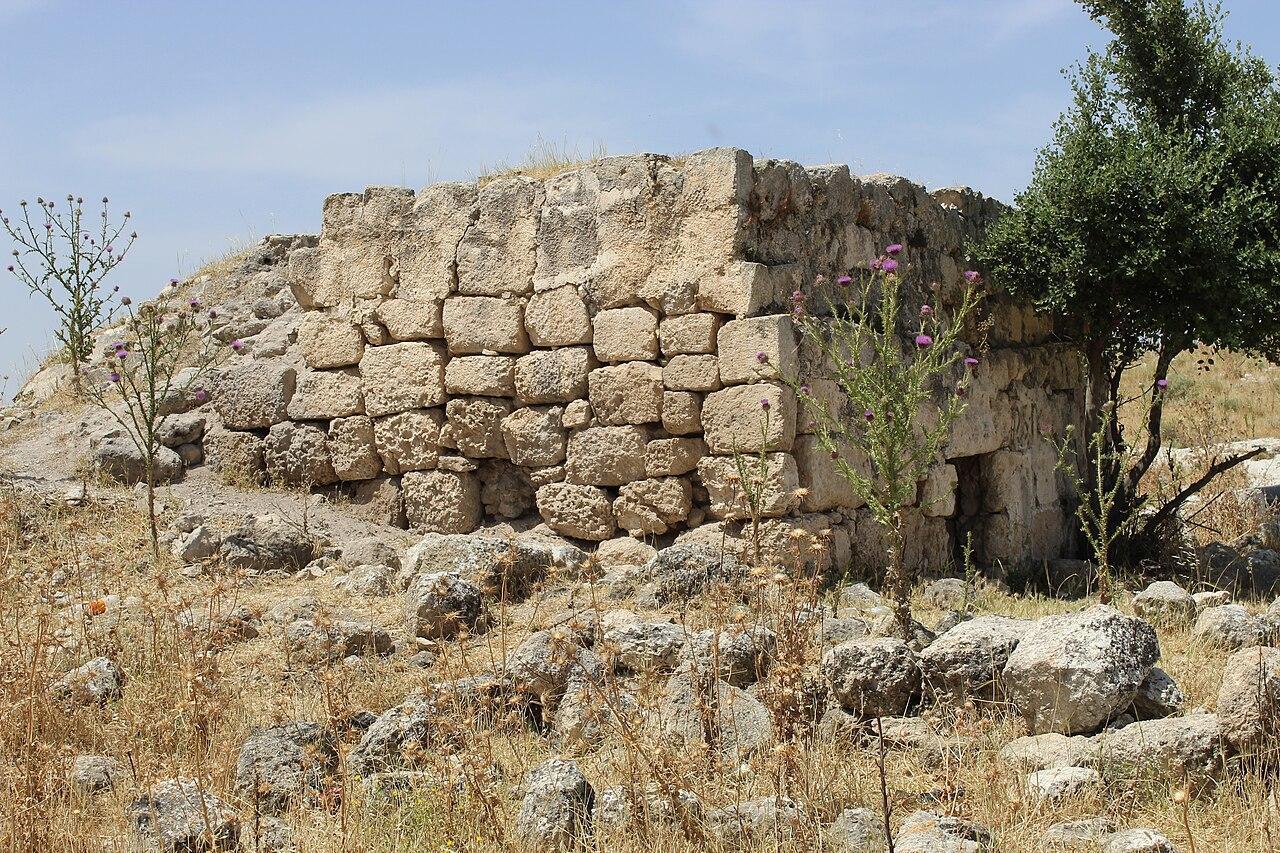
Nonetheless, the broad range of artifacts that date back thousands of years highlights the site’s historical significance.
Further investigations conducted at the ancient biblical settlement may provide researchers with additional evidence to suggest the tales of Moses were, in fact, based on historical events.








































